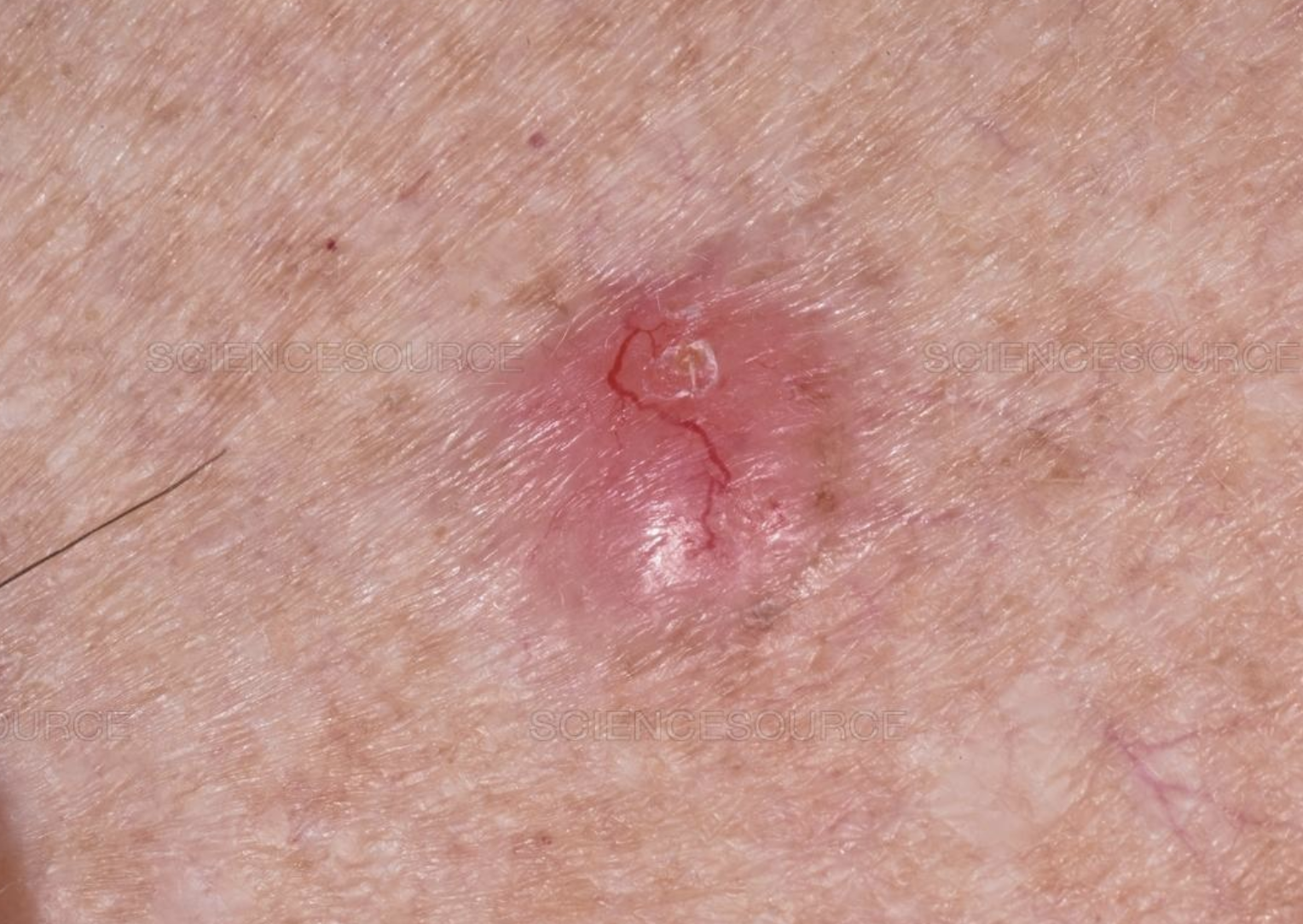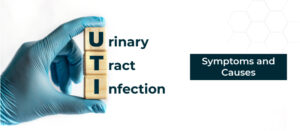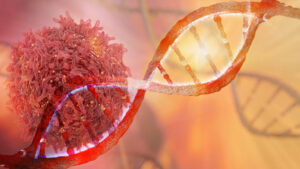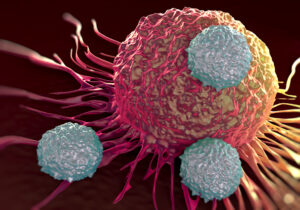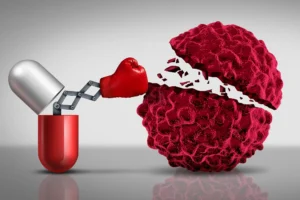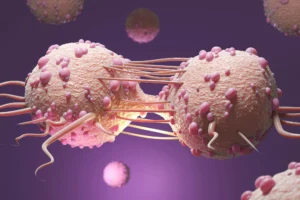Skin cancer is one of the most common forms of cancer in the world, and it frequently hides under the surface with warning signs that can be easily overlooked. Identifying hidden symptoms and underlying threats is crucial to get them before they become more serious.
Sneaky Symptoms of Skin Cancer
Unusual moles: Some typical irregular moles to look out for are those having an asymmetric shape, border with irregularities, and various or changing colorations or sizes over time.
Persistent sores: If you have sores that do not heal or keep coming back and sometimes bleed, become crusty, or scab over, see a dermatologist.
Changes in texture: Be aware of changes in skin texture, such as scaling, oozing, or roughness without healing.
Itching or Pain That Seems to Arise Out of the Blue: Sometimes, a person may have an itchy spot on their skin, even if nothing else has changed on the surface that could indicate skin cancer.
New Growths: Take note of new growths on your skin that sprout from nowhere and never seem like they will heal or disappear. Though these symptoms may appear harmless at first glance, they might progress into more dangerous types in most cases.
Therefore, regular self-examination and early consultations with a doctor are very important for the timely detection and treatment of the disease.
Risks increase people’s perception of possible danger caused by skin cancer.
UV Radiation Exposure: Long exposure to ultraviolet (UV) radiation from the sun or tanning machines is damaging, and these rays can increase the risk of skin cancer. Ultraviolet rays from these sources can thus damage DNA in the skin cells thereby increasing the chances of growth.
Fair Skin Tone: People with fair complexion, light-colored eyes, and freckles are more susceptible to skin cancer because they have less melanin, which offers natural protection from UV radiation.
A family history of skin cancer significantly raises the risks associated with contracting it. Genetic predisposition causes and inherited syndromes amplify susceptibility to some form of skin cancer.
Immunosuppression: Conditions or treatments that weaken the immune system’s ability to fight off illnesses—for example, transplants, HIV/AIDS, or some drugs—may lower resistance in the occurrence of abnormal cells, leading to an increased risk for developing skin cancer.
Previous skin cancer: Patients who were once diagnosed with this disease are usually at a greater risk of having another one. It, therefore, demands vigilance, and preventive measures must be taken into account regularly.
Prevention:
It only stresses the need for sun-safe habits like wearing sun-protective clothing, staying in the shade when it’s most robust, using broad-spectrum sunscreen, and visiting dermatologists frequently. Doing so exposes individuals to false signals and hidden risks of malignant melanoma so that they can protect themselves adequately.
Most importantly, these signs should be noted and treated quickly to prevent poor health and even danger to life.
Defeating Silent Skin Cancer:
Melanoma is known as the most fatal kind of skin cancer because it quickly spreads throughout the body. This type starts from cells on your skin and then grows rapidly within you since it tends to increase towards other body parts, making this disease more susceptible.
It is silent skin cancer because early detection or diagnosis is not possible. It means that such cancers grow without causing pain or showing symptoms at their initial stages, making them very dangerous if not treated early enough.
Survival Strategies Against Skin Cancer
Skin cancer is generally a significant threat to our health as it often hides behind mild indications. To combat this deadly illness, we must develop appropriate strategies for survival. Here are some crucial ways of defending oneself from the quiet menace called skin cancer:
1. Regular Skin Checks:
Carry out monthly self-examinations on your whole body, looking for changes in moles, freckles, or new growths.
– Make regular visits (annually)to dermatologists who will conduct a comprehensive examination of your skin, especially if you have a history of family members who have had skin cancer before or have been exposed to much sunlight due to occupational activities like farming, etcetera.
2. Sun Protection Practices:
– Use a broad-spectrum sunscreen with an SPF value of not less than 30 daily, even during cloudy days, and reapply every two hours while outside.
– Avoid exposing yourself directly under intense sun rays between ten o’clock in the morning and four o’clock in the evening as this is when UV rays are most potent. Use shade trees or buildings where necessary.
Protective clothing is essential, so always wear wide-brimmed hats, sunglasses, and long-sleeved shirts to shield your skin from direct sunlight.
3. Avoidance of Tanning Beds and Sunlamps:
Avoid using tanning beds or sun lamps. They emit ultraviolet radiation, which greatly increases the chances of getting skin cancer.
If you want tan skin without harming it, try the fake spray-on tan lotions in beauty shops. They give a golden brown complexion similar to the natural sunbathing effect but are safer for everyone, including those with sensitive skin.
4. Early Detection & Prompt Treatment:
Educate yourself about signs showing the presence of malignant tumors, such as changes in size, shape, or coloration of any spot on the body surface.
– Visit a healthcare provider immediately if these abnormal growths appear anywhere on the outer covering of the body because early intervention can save lives through removal before spreading elsewhere within the patient’s system.
5. Lifestyle Modifications:
– Adopt healthy lifestyle practices, which include eating a balanced diet containing plenty of antioxidants necessary to boost immune function, hence promoting good overall dermal health.
– Avoid smoking tobacco products altogether while limiting the intake of alcoholic beverages since both worsen the impact caused by exposure to too much sun, leading to decreased ability to repair damaged tissues, especially those affected by ultraviolet light waves.
6. Community Awareness & Advocacy:
– Take part in community outreach programs besides supporting campaigns aimed at sensitizing people about the importance of adhering safe habits when basking under sunshine as well as going for regular medical checkups meant screening various types such cancers, including non-melanoma forms.
Conclusion
Understanding and recognizing skin cancer symptoms is crucial for early detection and effective treatment. Regular self-examination and awareness of changes in your skin can make a significant difference. Remember, you should never ignore symptoms such as unusual moles, persistent sores, changes in skin texture, and new growths. Always wear protective clothing, use sunscreen, and avoid tanning beds for protection. Stay proactive about your skin health and educate others about the importance of early detection of melanoma symptoms and other types of skin cancer.
Don’t wait—take control of your skin health today. Schedule a skin check with North Houston Cancer Clinics and stay vigilant about skin cancer symptoms and warning signs. Early detection saves lives. Share this information with your loved ones to spread awareness about skin cancer prevention and promote healthy habits, including UV protection and regular dermatologist consultations.

